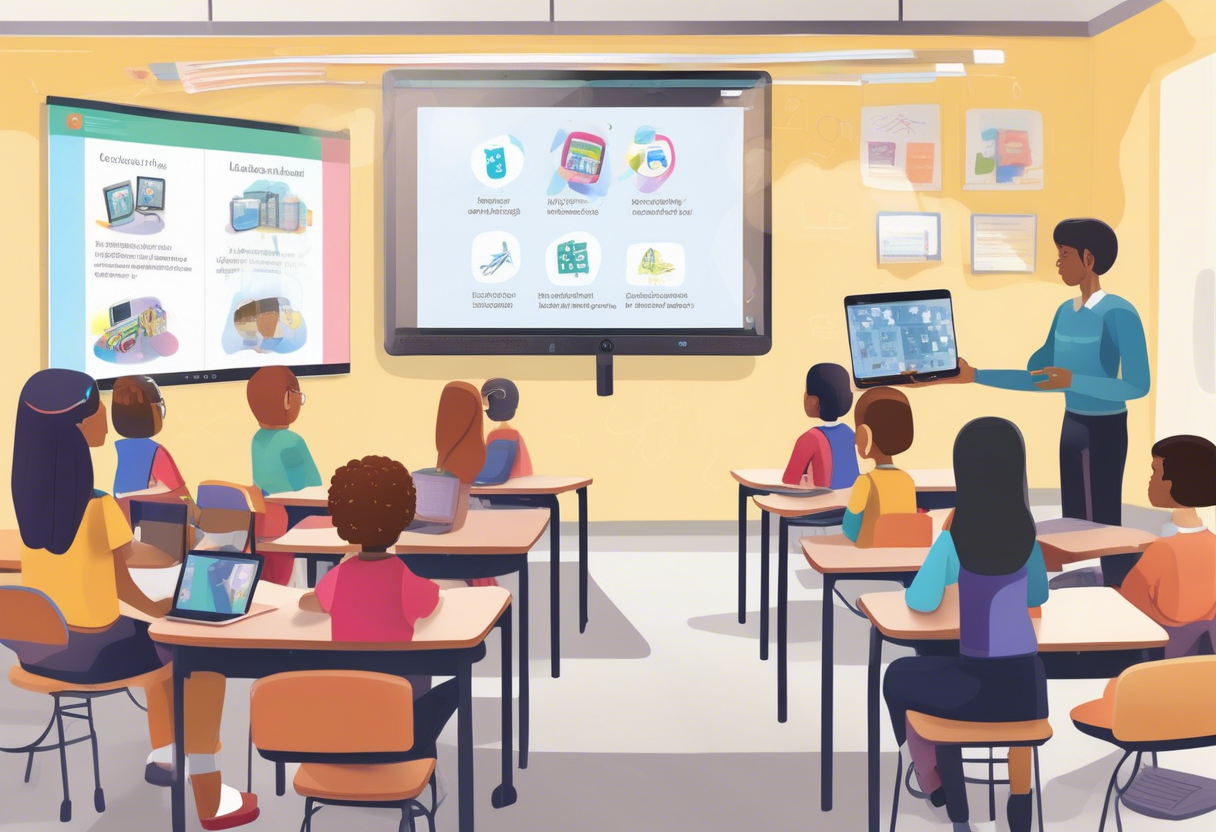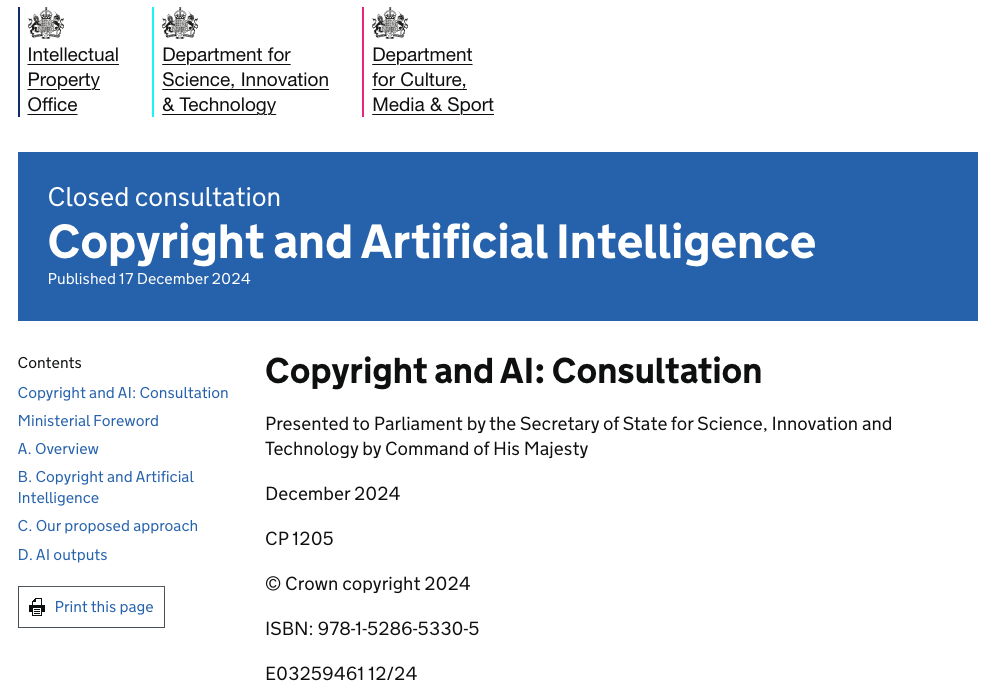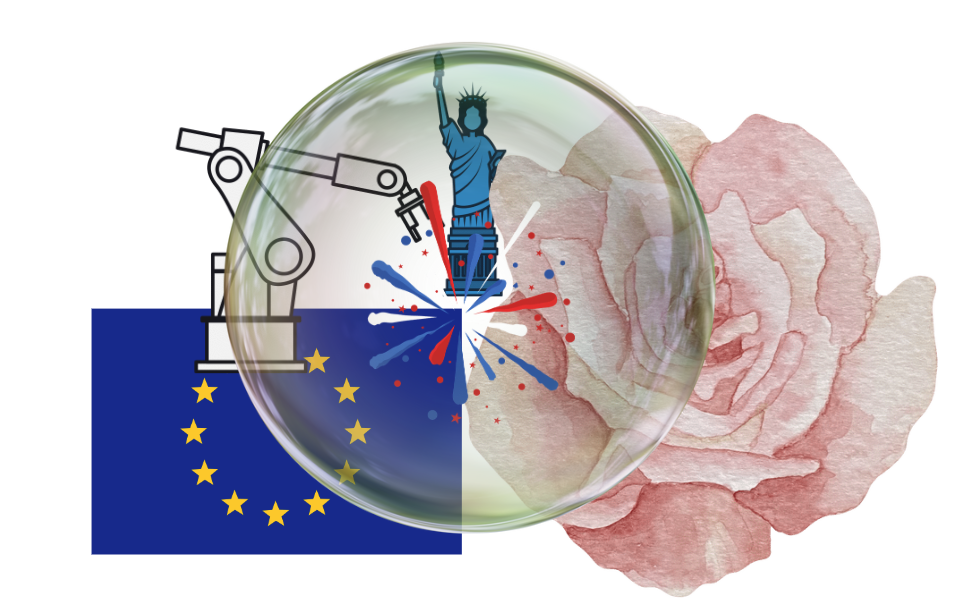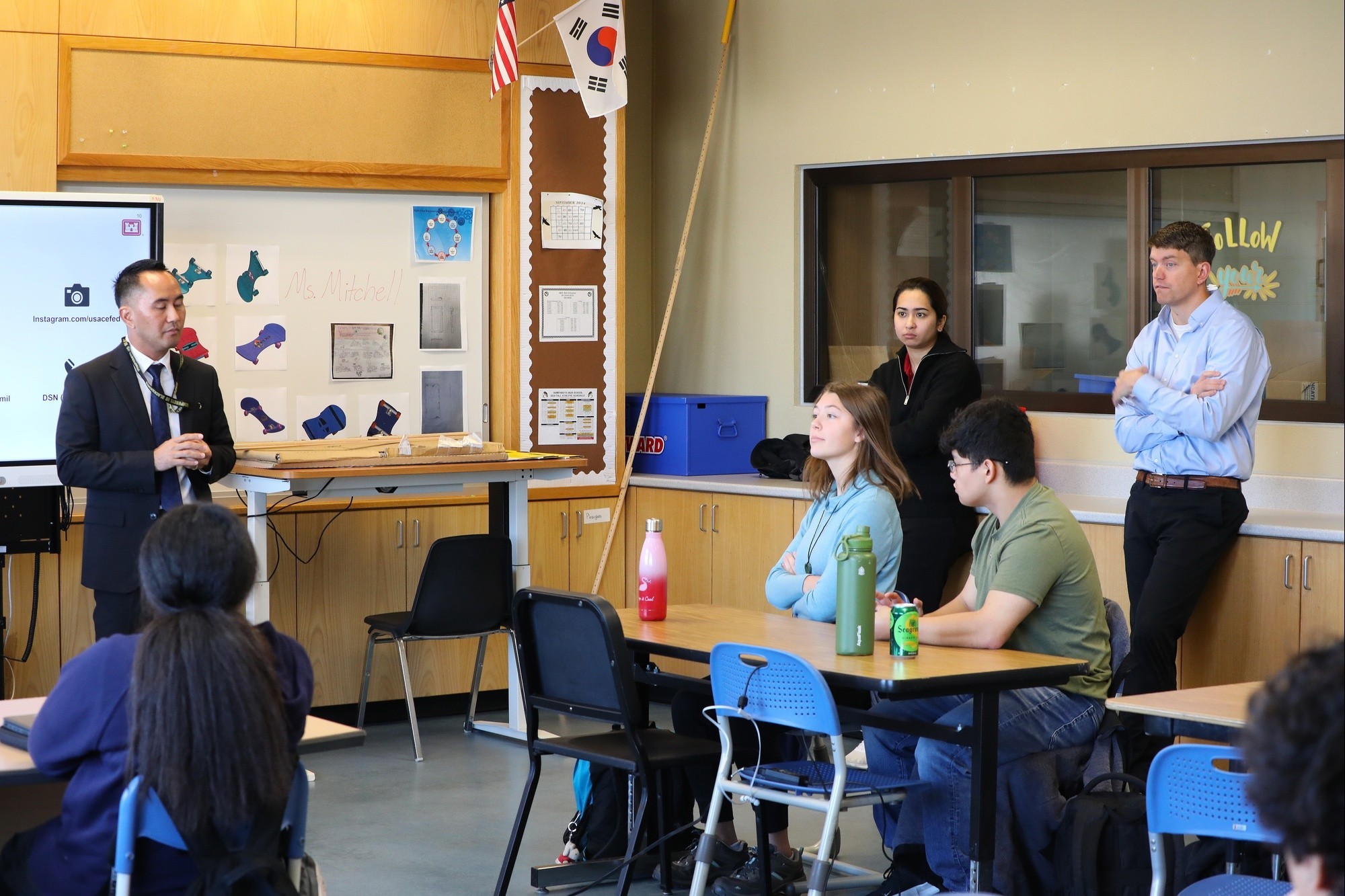
Imagine a classroom where each student gets a learning experience tailored just for them. Teachers have more time to focus on the important stuff—like nurturing young minds—because administrative tasks are a breeze. This isn't some far-off dream; it's happening now, thanks to AI in schools. As more schools start using AI, it's important to look at both the good and the bad. Did you know a recent study showed AI can boost student engagement by up to 30%? But, with all this power, there's also a lot of responsibility, and bringing AI into schools isn't without its challenges. In this article, we'll look at the upsides and downsides of AI in education, talk about the hurdles schools face, and answer some common questions. Whether you're a teacher, parent, or student, it's key to understand how AI is changing schools to keep up with the future of learning. Let's check it out!
Summary: Dieser Artikel beschreibt die Vor- und Nachteile des Einsatzes von KI in Schulen sowie die Herausforderungen und Lösungen im Umgang mit KI in Bildungseinrichtungen.
Key Advantages of AI in Schools
Personalized Learning with AI
AI is transforming education by tailoring learning experiences to each student. Adaptive learning platforms utilize AI to assess student performance and dynamically adjust the difficulty of tasks. This approach prevents students from becoming bored with material that is too easy or overwhelmed by content that is too challenging. Platforms like DreamBox and Smart Sparrow lead the way by identifying a student's learning style and progress, then designing lessons that maintain engagement and improve retention.
AI-powered tutoring systems, such as Khan Academy's Khanmigo, DreamBox, and Duolingo, provide additional support outside the classroom. They offer personalized hints, explanations, and practice exercises tailored to each student's specific challenges. This individualized approach allows students to learn at their own pace, resulting in a deeper understanding and improved academic performance.
Boosting Administrative Efficiency with AI
AI is alleviating the burden of administrative tasks in schools, enabling teachers and staff to concentrate more on teaching. Automated systems handle routine duties such as scheduling, grading, and attendance. Tools like Gradescope and Turnitin expedite grading, delivering rapid and consistent feedback, and reducing teachers' after-hours workload by up to 70%.

AI chatbots and virtual assistants efficiently manage inquiries from students and parents, saving valuable time for school personnel. They swiftly address FAQs, schedule appointments, and even assist with enrollment processes. By automating these tasks, schools can operate more smoothly, optimize resource allocation, and minimize errors and costs.
Enhancing Accessibility with AI
AI is enhancing educational accessibility for students with disabilities. Text-to-speech tools like NaturalReader convert written text into spoken words, aiding those with visual impairments or reading difficulties. Speech recognition software transcribes spoken words in real-time, supporting students who are deaf or hard of hearing.
Moreover, AI enhances accessibility through language translation services. Tools like Microsoft Translator can translate lectures and materials into multiple languages, assisting non-native speakers in following along. By adapting resources with AI, all students gain equal learning opportunities, promoting inclusivity in education.
Leveraging Data-Driven Insights with AI
AI provides educators with data-driven insights to inform teaching strategies and decisions. By analyzing vast amounts of data, AI identifies patterns in student performance, attendance, and behavior. These insights enable educators to make informed decisions regarding curriculum adjustments, intervention strategies, and resource allocation.
Platforms like Carnegie Learning’s MATHia offer tools that tailor math instruction to each student's learning approach, improving test scores and learning outcomes. Teachers can identify students at risk of falling behind and provide targeted support. Additionally, AI-driven predictive analytics can anticipate future trends, aiding schools in planning for changes in enrollment, staffing, and resource needs.
AI in schools is revolutionizing education by enhancing personalized learning, streamlining administrative tasks, improving accessibility, and delivering valuable insights. These advancements pave the way for a superior, more inclusive educational experience. However, it is crucial to balance AI integration with human interaction to maintain critical thinking and social skills, as excessive reliance on AI could diminish these essential aspects of learning.
Disadvantages of AI in Schools
Privacy and Data Security Challenges in AI
Integrating AI into educational settings brings significant privacy and data security challenges. These AI systems often process substantial amounts of student data, raising concerns about the safety of this information. To ensure data security, schools must implement robust security measures and adhere to data protection laws. Failure to do so can result in data breaches or unauthorized access to sensitive student information.
Schools should maintain transparency about the data they collect through AI platforms and ensure it is securely stored, especially in regions with stringent privacy regulations like the EU and South Korea. For example, if a school employs AI tutoring software, it should comply with data protection laws such as the General Data Protection Regulation (GDPR), encrypt student data, and clearly communicate to students and parents what data is collected and how it is utilized.

Addressing Algorithmic Bias in AI Tools
AI tools in schools can inadvertently perpetuate biases, particularly if the training data is not representative. This can result in unequal learning experiences for students from diverse backgrounds. Studies have identified biases in AI tools, such as GPT detectors, which may incorrectly label work by non-native English speakers as AI-generated, impacting their academic records.
To mitigate these biases and ensure fairness, it is crucial to regularly evaluate and adjust AI algorithms. For instance, an AI grading system might unfairly mark essays by non-native speakers as plagiarized due to language style. Educators must fine-tune these systems to prevent such errors and ensure equitable treatment for all students.

Impact of AI on Human Interaction in Education
Over-reliance on AI in education can diminish teacher-student interactions, which are essential for social-emotional learning and critical thinking. AI cannot replicate the emotional support, real-time guidance, and safety oversight that human teachers provide, especially during hands-on activities like science experiments. The human element is vital for student well-being, and AI should complement, not replace, teachers.
While an AI tutor can offer personalized math feedback, it cannot substitute a teacher's role in motivating students, addressing spontaneous questions, or fostering a classroom community. Schools must balance AI use with maintaining essential human interactions to ensure a comprehensive education.
Financial Challenges of AI Implementation in Schools
Implementing AI in schools can be costly, posing challenges for resource-constrained schools and potentially widening the gap between those that can afford AI and those that cannot. To prevent this disparity, AI implementation should be thoughtful, needs-based, and scalable to ensure equitable access for all schools.
For instance, a rural school district might struggle to afford AI-powered learning platforms, disadvantaging their students compared to those in wealthier urban schools. Schools should assess the long-term costs and benefits of AI and seek funding or partnerships with tech companies to address these challenges. Despite careful planning, the financial burden of adopting AI remains a significant hurdle for many schools.
Each of these issues underscores the challenges schools face in ensuring AI enhances education without compromising privacy, fairness, human connection, or access. As AI continues to evolve, schools must remain vigilant and proactive in addressing these concerns to create a supportive and equitable learning environment for all students.
Challenges of AI in Schools: Pros and Cons
AI Policy and Ethical Guidelines in Education
Integrating AI into educational settings requires a robust framework to ensure its responsible use. Unfortunately, many schools lack clear guidelines, leaving educators uncertain about AI's role in classrooms (source). Key concerns include data privacy, algorithmic bias, and equitable treatment of all students. This underscores the need for AI systems that are transparent, fair, and accountable (source).

Strong policies are essential for safeguarding student information and ensuring the prudent use of AI in educational environments (source). Some districts, such as Lynwood Unified, are proactively addressing these challenges by establishing AI task forces. These groups are tasked with developing comprehensive policies that define AI's capabilities, responsibilities, and potential consequences (source).
Educator Training and AI Support
A significant obstacle in AI adoption is the lack of confidence and knowledge among teachers regarding AI tools (source). Approximately 30% of teachers feel somewhat confident, while 45% lack confidence entirely, highlighting the urgent need for training (source). Continuous professional development is crucial for integrating AI into teaching practices and familiarizing educators with emerging technologies (source).

Successful implementation requires collaboration, with training programs and ongoing support designed to enhance teachers' skills and confidence (source). Training that includes hands-on experience with AI tools and ethical guidance can empower educators to confidently incorporate AI into their classrooms.
Balancing AI and Traditional Educational Methods
While AI can streamline administrative tasks and personalize learning, over-reliance on it may reduce human interaction and impact social-emotional learning (source). Maintaining a balance is crucial to ensure AI complements rather than replaces the teacher-student relationship and traditional educational values (source).
Ensuring equitable access to AI tools is vital to prevent widening educational disparities (source). Schools should integrate AI with established teaching methods to optimize learning outcomes (source). A blended approach, where AI aids personalized learning and teachers focus on social and emotional development, is an effective strategy for harmonizing new technology with traditional education.
FAQ Section
Balancing AI and Traditional Teaching in Schools
Schools can effectively integrate AI with traditional teaching methods by ensuring AI serves as a support tool rather than a replacement for human teachers. AI can manage tasks such as grading, allowing teachers more time to focus on fostering students' social and emotional development through genuine interactions. This approach maintains the human aspect of teaching, such as offering emotional support and building relationships—areas where AI falls short.
For instance, while AI can tailor learning paths and manage routine tasks, teachers are essential for leading discussions, sparking critical thinking, and providing emotional support. Schools should leverage AI to enhance human interaction, ensuring students continue to develop socially and emotionally through collaboration.
Best Practices to Prevent AI Bias in Schools
To prevent AI tools from perpetuating biases, regular checks and adjustments are essential. This process ensures fair treatment for all students, regardless of their background, by identifying and correcting biased outcomes. AI systems should be designed and tested to avoid replicating social or demographic biases present in training data.
Highlight: Transparency in AI decision-making processes and data sources is crucial, as it enables educators to identify and address bias issues early on.

For example, an AI reading tutor should undergo regular reviews for fairness and be updated to correct any biases in its feedback or suggestions. Key practices include:
- Regular reviews and updates
- Diverse training data
- Human oversight
These measures are vital for maintaining fairness and accuracy in education.
Training Educators for AI Integration in Classrooms
For successful AI integration in classrooms, educators require comprehensive training. This training should encompass both the use of AI tools and their integration with traditional teaching methods, ensuring that critical thinking and creativity remain central to the learning process. Training programs should emphasize balancing AI with traditional teaching to preserve teacher-student interactions and social-emotional learning.
Highlight: Educators also need to be informed about privacy and security, including data protection regulations and ethical AI use.

Ongoing support is necessary to keep educators updated on AI's capabilities, limitations, and best practices for classroom application. For example, a school district might offer workshops that include:
- Hands-on AI training
- Discussions on ethics and privacy
- Strategies to promote critical thinking alongside AI
These training initiatives should help educators understand AI, alleviate concerns about job displacement, and equip them with the skills needed to effectively utilize AI tools in classrooms.
AI in education offers personalized learning paths, efficient administrative automation, data-driven insights, innovative teaching tools, and global accessibility, enhancing diverse learning experiences while presenting challenges such as privacy concerns, bias, cost, and teacher resistance. AI-powered platforms like Magic School AI and Eduaide.AI assist teachers by automating content creation, making assessments, and crafting personalized education plans, allowing teachers to focus more on engaging students.